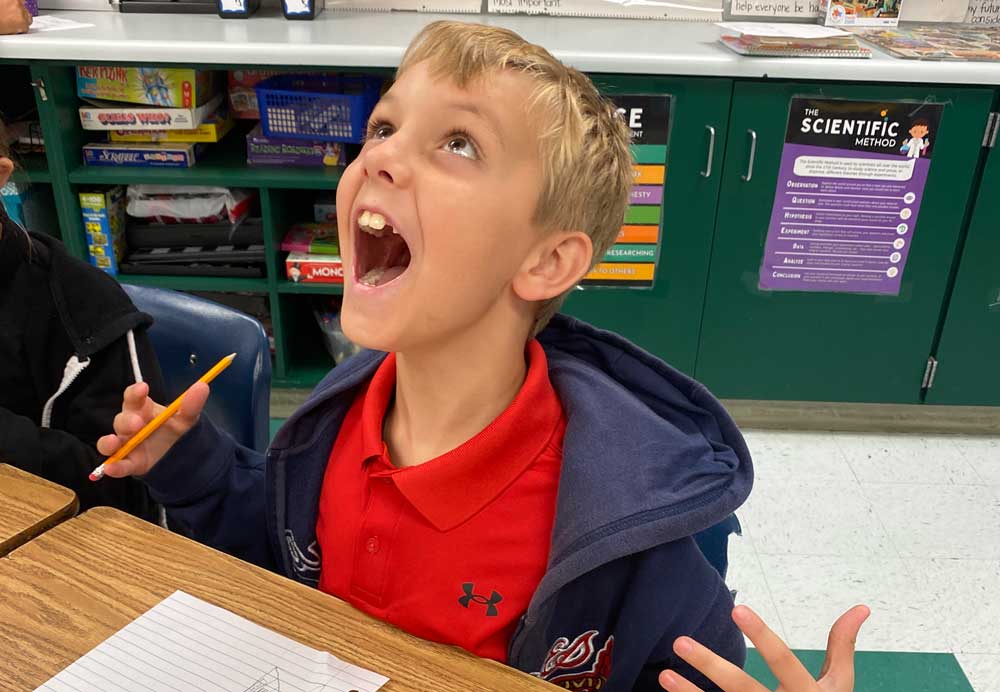Five Reasons to Talk about Arts-In-Education

The once quiet conversation about arts integration has grown louder during the last twenty years. After more than two decades of research demonstrating that arts integration improves student engagement and teacher confidence, many still have questions simply because they have yet to participate in the discussion fully.
While the merits of arts integration are apparent, we live in a climate where the educational "squeaky wheel" tends to get the most support from local and national government agencies, corporate and foundation funding, and individuals. Although gaining strength and support as a grassroots movement of parents and educators, arts integration often gets overlooked as a critical funding initiative.
It's time for arts integration to have a more prominent seat at the public education table. Expanding the conversation and spreading the word can help secure that seat.
Here are five reasons to keep arts integration top of mind:
- Arts integration creates space for all learners. Art welcomes and encourages differentiated learning, at each student's level and pace. Educators using different art forms in the classroom create pathways for every type of learner to receive, navigate, process, generate, and communicate, thereby making each student feel valued and integral to the learning process.
- Arts integration allows students to demonstrate their learning through an art Students engage in a creative process that connects an art form and another subject area, allowing them to meet evolving objectives in both. This interdisciplinary approach fosters deeper understanding and retention of academic content while nurturing students' creativity and critical thinking skills.
- Arts integration improves student engagement and teacher confidence in the classroom. Arts integration is a way of exploring ideas that interest everyone. It is as exciting for the teachers to create the learning environment as it is for the students to learn academic content through the arts. When teachers find joy in the work, students experience joy in learning.
- Arts integration strengthens collaboration and relationship-building. Since teachers and students are engaged and active in the arts-integrated classroom experience, students work alongside their teachers. Arts integration promotes conversation, expression, curiosity, and partnership, creating opportunities for students to step into leadership roles in ways that textbooks and lectures rarely facilitate.
- Arts integration has a lasting impact on student families and school communities. Arts integration leads to more meaningful communication between parents and the school community. By displaying students' work and accomplishments, parents and teachers gain a roadmap for fostering enhanced student confidence and academic performance. In addition, schools engaging in arts-integrated programming report higher attendance and lower discipline rates. Furthermore, arts integration initiatives often encourage family involvement through exhibitions, performances, and workshops, strengthening the bond between home and school and fostering a supportive educational ecosystem for students to flourish.
Research has unequivocally shown the benefits of arts integration for enhancing student engagement and teacher confidence. Yet, despite the evidence, the conversation around arts integration continues to struggle for the spotlight it deserves. By advocating for the integration of arts into education and supporting initiatives that promote its implementation, we can ensure that all students have access to a well-rounded education that nurtures their creativity, critical thinking, and overall academic success. Let's not let the quiet voices advocating for arts integration be drowned out in the clamor for attention; instead, let's amplify their message and work together to create a brighter future for our students.
